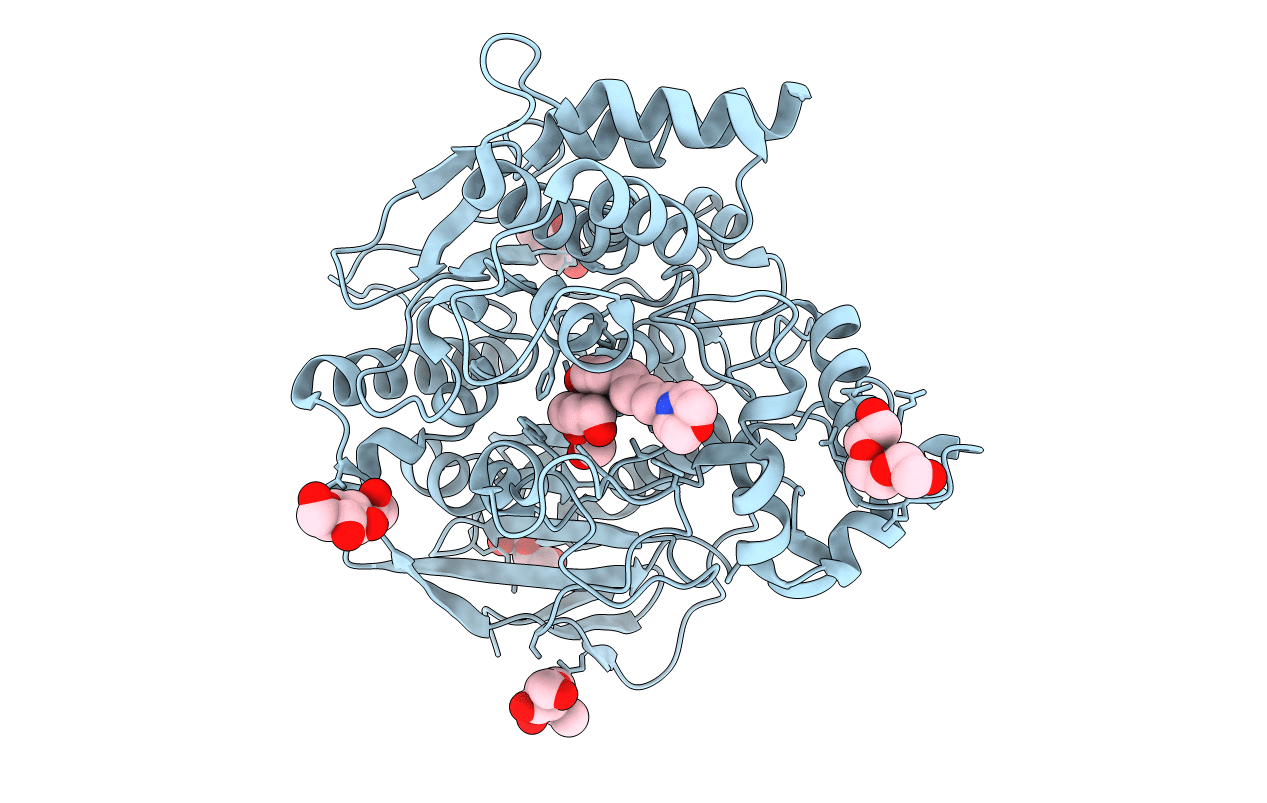
Deposition Date
2017-11-04
Release Date
2018-11-14
Last Version Date
2024-10-16
Entry Detail
PDB ID:
6EWK
Keywords:
Title:
T. californica AChE in complex with a 3-hydroxy-2-pyridine aldoxime.
Biological Source:
Source Organism:
Tetronarce californica (Taxon ID: 7787)
Method Details:
Experimental Method:
Resolution:
2.22 Å
R-Value Free:
0.21
R-Value Work:
0.17
R-Value Observed:
0.17
Space Group:
P 31 2 1


